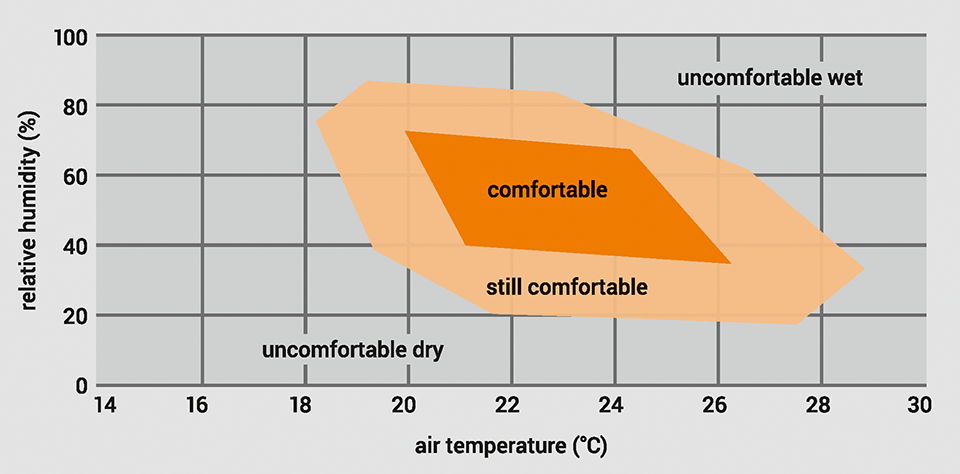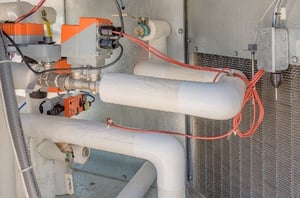Indoor Air Quality Measurement

 The World Health Organization and the Swiss Lung Association believe that, in 2020, chronic obstructive pulmonary disease (COPD) will be one of the most common causes of death worldwide. Therefore, indoor air needs to be "clean" for our health and well-being. Belimo's solutions for the heating, ventilation, and air conditioning industry are making a vital contribution towards ensuring clean indoor air quality. Belimo's range of sensors for measuring the most critical factors affecting room climates, such as air quality, temperature, air humidity, and flow, provide superior reliability, easy installation, and seamless integration with major Building Automation Systems (BAS). Also, Belimo's Variable Air Volume (VAV) and pressure-independent control valve technology ensure a perfectly balanced air and water flow at all times, resulting in optimum comfort.
The World Health Organization and the Swiss Lung Association believe that, in 2020, chronic obstructive pulmonary disease (COPD) will be one of the most common causes of death worldwide. Therefore, indoor air needs to be "clean" for our health and well-being. Belimo's solutions for the heating, ventilation, and air conditioning industry are making a vital contribution towards ensuring clean indoor air quality. Belimo's range of sensors for measuring the most critical factors affecting room climates, such as air quality, temperature, air humidity, and flow, provide superior reliability, easy installation, and seamless integration with major Building Automation Systems (BAS). Also, Belimo's Variable Air Volume (VAV) and pressure-independent control valve technology ensure a perfectly balanced air and water flow at all times, resulting in optimum comfort.
Good Air Quality for Greater Performance
The air around us comprises 21% oxygen, 78% nitrogen, 0.04% carbon dioxide (CO2), and traces of noble gases, water vapor, and pollutants. Today, one of the most important indicators of air quality in closed rooms is the CO2 value. Because humans also produce CO2 by breathing, the concentration of CO2 continually increases in closed places where people are present. An airtight building shell means that the air exchange rate falls, resulting in an increased level of harmful substances in the indoor air. The indoor air can be counteracted by regularly venting rooms or, if this isn't possible, by fitting a ventilation system. A ventilation system can also reliably remove air pollutants; it improves the air quality of rooms in which people are present over the long term. The system will run reliably and independently if spaces are equipped with sensors that deliver accurate and dependable readings over the entire life cycle of the building. BACnet and Modbus communication protocols provide superior application data access and enable easy commissioning and configuration. HVAC building automation is key to maintaining indoor air quality.
Learn how to use demand control ventilation to achieve better indoor air quality and improved energy savings.

